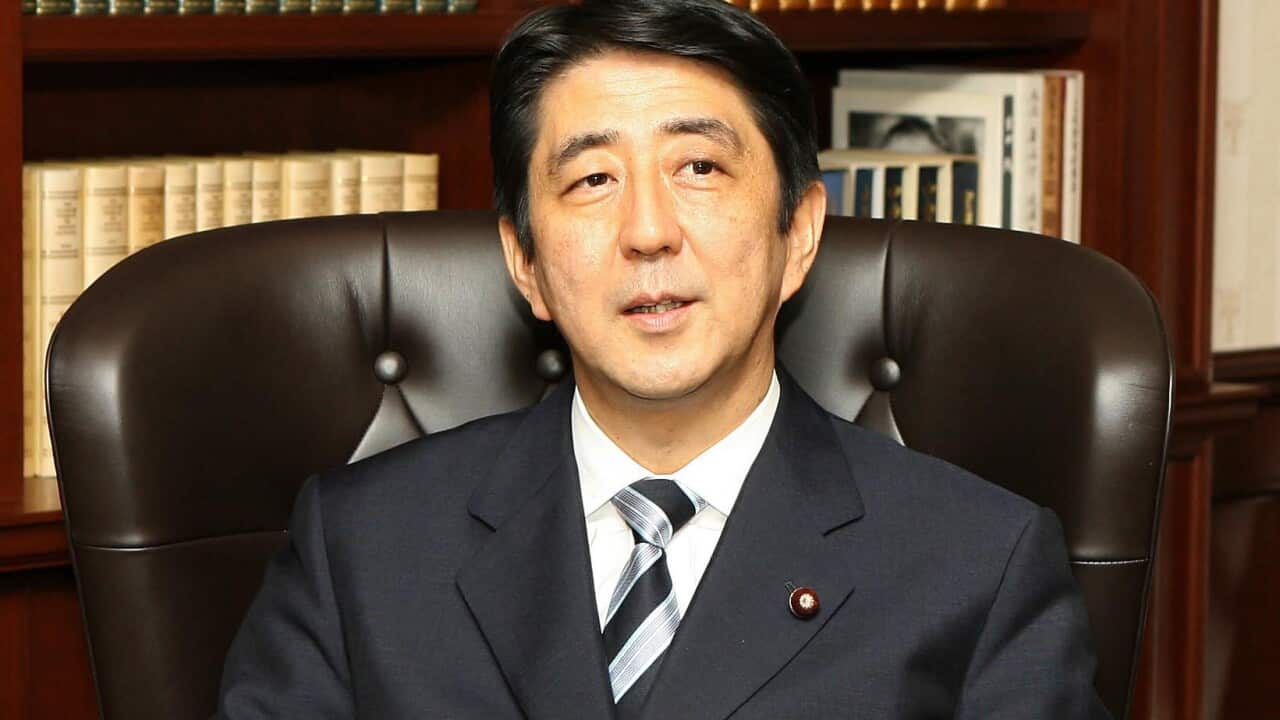Japan's voters have started going to the polls to decide the fate of Prime Minister Shigeru Ishiba's government, in an election expected to punish his coalition over a funding scandal and inflation, potentially ending a decade of dominance for his Liberal Democratic Party.
The LDP and its longtime partner Komeito will suffer a drubbing from voters on Sunday, with the coalition possibly losing its parliamentary majority, opinion polls suggest, as Japan struggles with rising costs of living and increasingly tense relations with neighbouring China.
Losing the majority in the lower house would force Ishiba, in office just a month, into power-sharing negotiations with smaller parties, bringing uncertainty in some policy areas — although no polls forecast the LDP being ejected from power.
Indeed, the LDP will remain easily the biggest force in parliament, polls indicate, but it could lose many votes to the number two party, the opposition Constitutional Democratic Party of Japan, which toppled the LDP in 2009, the Asahi said, estimating he CDPJ could win as many as 140 seats.
The LDP has historically been one of the democratic world's most successful parties, a one-size-fits-all electoral machine in power for all but four of the last 69 years.
What is the LDP, and why has it been so successful?
The Liberal Democratic Party started in 1955 as a merger between two conservative parties and governed constantly until 1993, overseeing a huge expansion of the economy and living standards.
During the Cold War, the United States — which still has 54,000 troops in Japan — channelled millions of dollars to the party as a bulwark against communism.
During this time the smaller Japan Socialist Party served largely as an inspector on the government's actions rather than aiming to win power itself.
In the process, the LDP attracted all kinds of special interests, including farming and business lobbies as well as religious groups — resulting in multiple cases of corruption.
Beneath the surface lurks fierce rivalry among factions, resulting in regular changes of leader — 27 since 1955 — which act as a substitute for changes in government.
All its leaders have been men, and fewer than 10 per cent of its current MPs are women.
In 2021, women were invited to attend key party meetings, but they weren't allowed to speak.

Shigeru Ishiba (right) replaced Fumio Kishida as Japan's prime minister. Source: AAP, AP / Hiro Komae
But it is a large tent, grouping big-government advocates, political doves focused on economic growth and nationalists pushing traditional family values
When has the LDP lost power?
In 1993, the LDP was kicked out of power for the first time, after the dramatic bursting of Japan's 1980s asset bubble and a corruption scandal.
But the fragile coalition government of small groups, including several LDP defectors, didn't even last a year, and the party was back in power in 1994.
In 2009, the LDP again lost power in a landslide, replaced for a chaotic three years by the centre-left Democratic Party of Japan.
The DPJ's policy failures and its clumsy response to the 2011 Fukushima nuclear disaster allowed the LDP under Shinzo Abe to return to power in late 2012.

Shinzo Abe was Japan's longest-serving prime minister. Source: AAP / AP
Why is the LDP popular?
The LDP remains associated with the post-war economic miracle, especially among older voters in rural areas, says Tomoaki Iwai of Nihon University.
Japan's electoral system also favours the well-funded and well-organised LDP with a national network of supporters and special interests.
"It's kind of a chicken-and-egg question; whether industry groups are with the LDP because they are in power, or whether the LDP was able to bring them in and that's why they have power," said Rintaro Nishimura at consultancy The Asia Group Japan.
The system has prevented smaller parties from staying in government for an extended period of time. "But whether that's healthy democracy ... Perhaps the time has come for Japan to fully examine itself," said Yu Uchiyama of the University of Tokyo.
What could happen next?
The LDP has been back in power since 2012 in coalition with Komeito, a moderate party backed by Buddhist group Soka Gakkai.
Prime Minister Shigeru Ishiba after voter discontent over inflation and a new scandal .
Kishida, in power for three years, replaced Yoshihide Suga, who in turn succeeded Shinzo Abe, known for his nationalist views and "Abenomics".
Ishiba announced snap elections, but polls suggest the LDP, and possibly the LDP and Komeito together, could fall short of a majority.
But even if this results in the LDP losing power — unlikely given the divided opposition — it will be back soon, said Uchiyama.
"It is very hard to predict. But time and time again, voters punish the LDP and eventually return to the party," he said.










